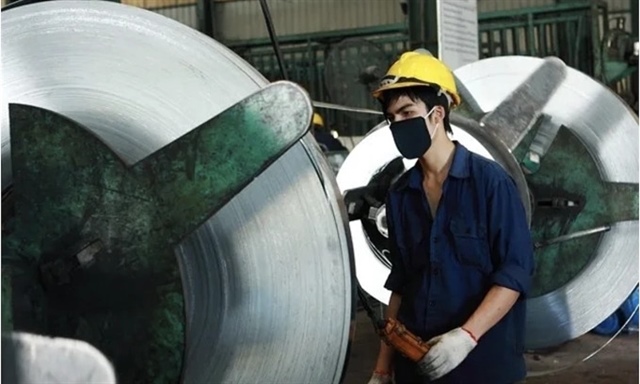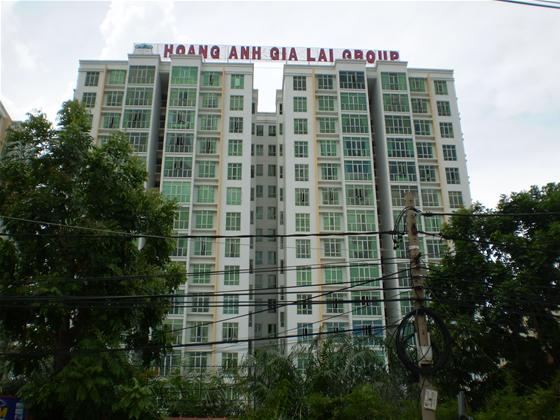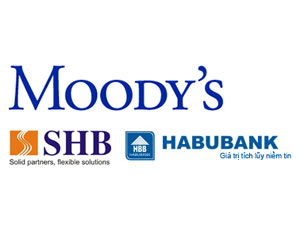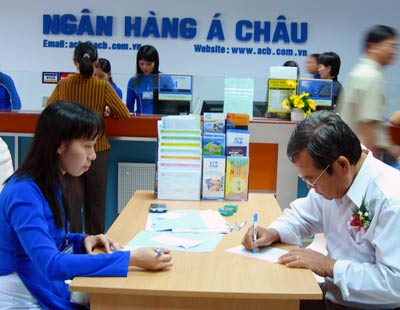The bitterness of the power transfer at STB
The bitterness of the power transfer at STB
The smile was still on the lips of Dang Van Thanh, President of Sacombank, who was believed to fight to the death against the attempt by others to takeover Sacombank. However, he could not reverse the situation. Some members of the board of directors of Sacmbank had to leave, giving the place to two from Phuong Nam bank, a big shareholder, and two from Eximbank.
The leave of old members and the arrival of new ones was decided at the bank’s shareholders’ meeting held on May 26. Thanh also decided to resign from the position of the legal representative of Sacombank which he held for the last many years. The post would be undertaken by the CEO.The peaceful power transfer
Though some members of the board of directors have to leave, they still have “the last solace”. The new board of directors has proposed to raise the pay to the board of directors from one percent of the post tax profit, which has been fixed for the last 10 years, to 2.5 percent of post tax profit in 2012, about 63.75 billion dong, a part of which would be extracted to compensate for the leave of the old members of the board of directors.
The old members were honored at the shareholders’ meeting that they succeeded in creating a powerful Sacombank today. However, they still have to leave.
The compromise by the old board of directors showed that the group of big shareholders has shown their overwhelming financial power. As such, from now on, the operation of Sacombank would be controlled by the “new portraits.”
The power transfer at Sacombank should be seen as a big lesson to everyone. A paradox is that Phuong Nam Bank, which was considered weaker and smaller than Sacombank, now has its representatives in the board of directors of Sacombank and holds the control at the big bank.
In 2011, Phuong Nam Bank had the chartered capital of 3200 billion dong, 136 branches and transaction points. It had the post tax profit of 226 billion dong and it once had to ask for the liquidity support from the State Bank.
Meanwhile, Sacombank’s chartered capital was triple of Phuong Nam’s, and its network was four times larger. Especially, the 2011 post tax profit of Sacombank was huge at 2 trillion dong, and it had over 1.3 million clients.
Thanh stays in office, but it’s difficult to “swim against the current”
It’s easy to find out how many percent of Sacombank’s stakes being held by Eximbank and relating institutions by considering the reports about stake trading. Meanwhile, it’s still unclear about the percentage of stakes held by Phuong Nam Bank.
Therefore, Sacombank’s shareholders do not know how much Phuong Nam is holding and whom it represents for, or it only represents itself. Sacombank’s small shareholders have the right to know about the new board of directors’ relating interests and their tie to Sacombank. They need to find out if the new members of the board of directors would leave Sacombank, if they cannot obtain the things they expect.
“Sacombank only fits the shareholders who have strong attachment to it,” Dang Van Thanh once told local newspapers. Though the new groups of shareholders have promised to continue the key value which has generated the strong brand Sacombank over the last 20 years, people still have doubts about the future of the bank.
“Though I put high hope on the management of the new leadership, I still feel something insecure, because I still cannot see the new owners very clearly,” said a shareholder.
Though Thanh and his son are still the members of the board of directors, experts believe that with the two votes, they would not be able to “swim against the current.”
vietnamnet























